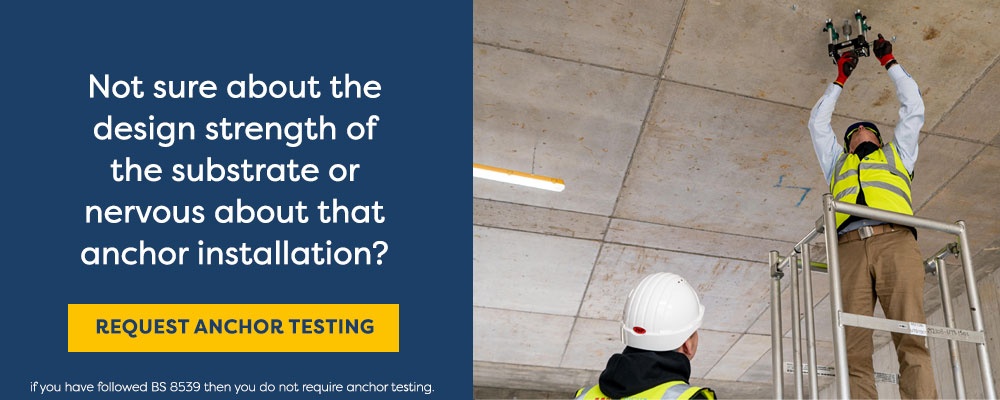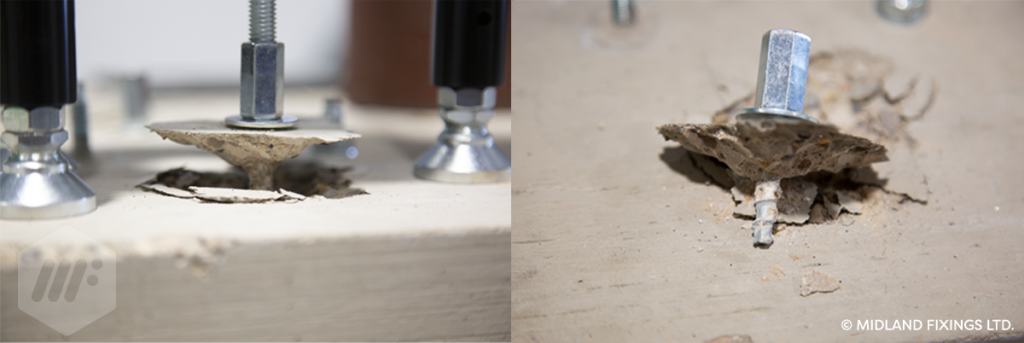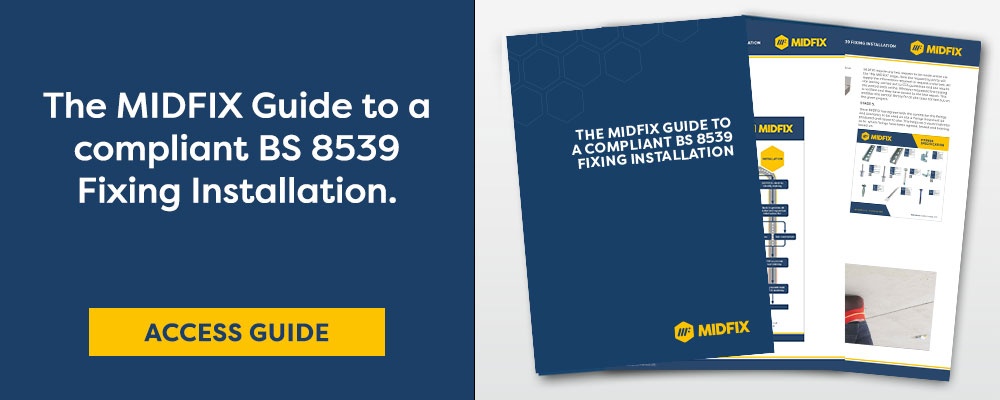How do you test anchors/fixings in accordance with BS 8539?
Did you know anchors/fixings used in construction equate to less than 0.5% of the overall project value? In percentage terms, I think we can all agree that is quite small. This often leads me to wonder, why are anchors/fixings not given the respect they deserve?
Quite often, it seems that certain anchor tests are seen as a 'box ticking' exercise, but they shouldn't be seen in that light. After all, carrying out compliant anchor tests can provide peace of mind in two areas. Firstly it helps the specifier to identify a suitable anchor for a given substrate and secondly it can provide proof of a compliant installation.
In the following sound-out episode I discuss the main tests available as outlined by BS 8539 and their importance.
When all is said and done, anchor/fixing compliance doesn't have to be complex, we have guidance that has been written to help all stakeholders within the fixing chain understand the right way to select, supply, install and test anchors.
What is anchor testing?
Anchor testing is the process whereby an anchor/fixing is pulled to a designated test load. From this the performance of the anchor/fixing can be quantified. Test criteria is defined in Clause 9 of BS 8539:2012 'Code of Practice for the selection and installation of installed anchors in concrete and masonry'.
What types of anchor testing is available?
There are two main types of anchor testing available are:
- Allowable load (characteristic action)
- Proof testing
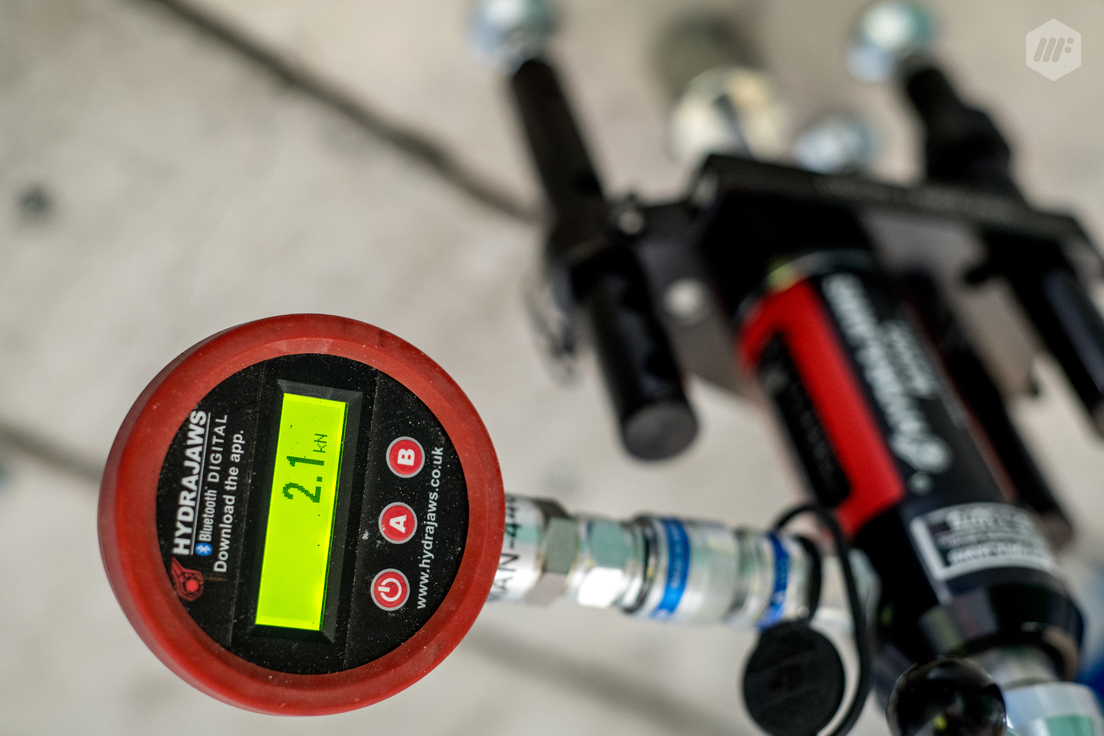
Allowable load testing (characteristic action)
An allowable load test is carried out where the application involved is not covered by a relevant ETA, r the strength and condition of the base material is unknown, with no published data.
Testing the substrate is quite simple for lightweight material however for blocks of concrete beam sections it can prove more problematic, as there is no clear way of highlighting the capacity of the concrete. If you do not know the capacity of substrate then it can be tricky to accurately determine the allowable working load.
How do you carry out an allowable load test?
Testing involves attaching a hydraulic pull tester to an anchor and pulling it to a designated test load, you then continue to turn the handle, gradually increasing the load until failure. You then divide the applied load by ¼ for a safety margin.
When carrying out an allowable load test the anchor should be tested five times and the resulting average should be recorded.
Proof testing
Ultimately, a proof test simply tests the quality of the installation. These tests are usually applicable when the specification stage of the anchor selection process has been completed. A test load is achieved based on the applied load.
MIDFIX often receive requests for on-site proof testing. What is often not known is that under BS 8539 if an ETA approved anchor is specified in a known substrate and has been installed by a competent individual then the anchor does not require a proof test.
How do you carry out a proof test?
To carry out a proof test simply attach the hydraulic pull tester to the anchor and gradually turn the level, gradually increasing the load (to the manufacturers safe working load).
If the anchor is flush-fixed (bolt head anchor or a frame fixing), it is not possible to test the anchor using this method.
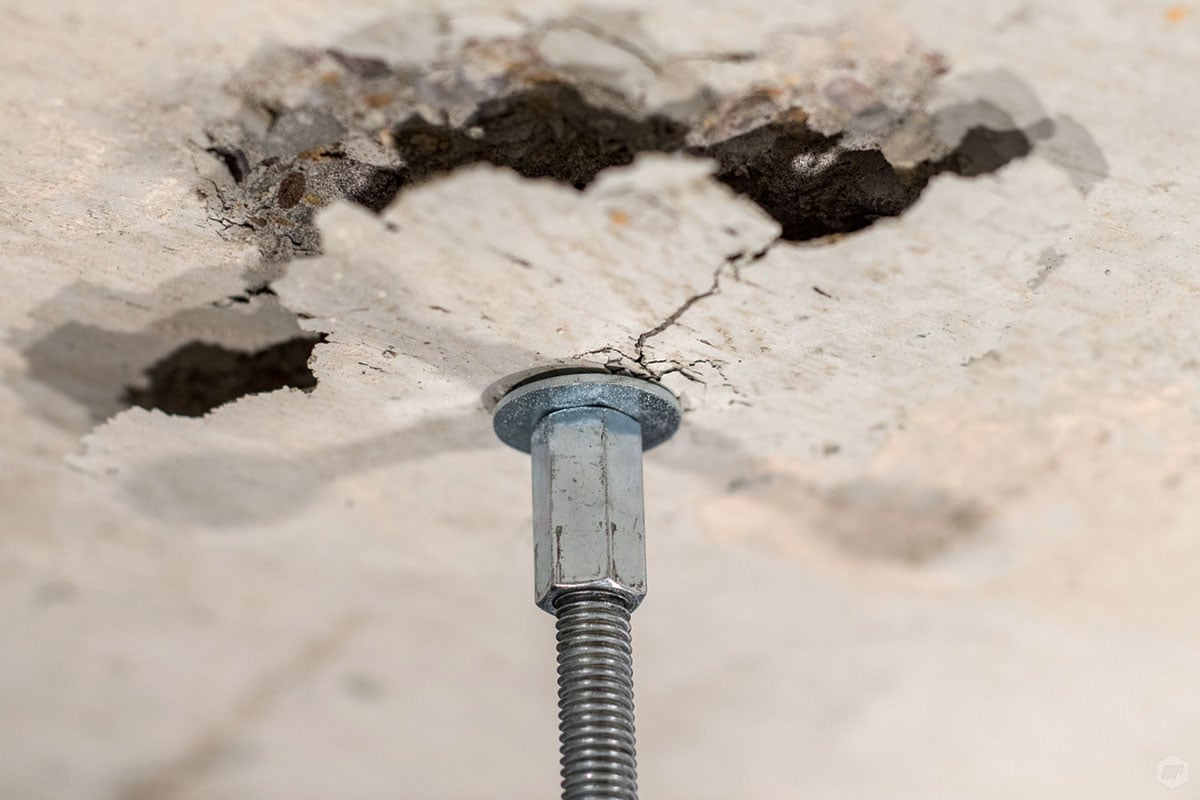
Who is responsible for carrying out anchor testing?
BS 8539 states that the contractor is responsible for proof testing.
BS 8539 outlines the different type of tests available, how many tests to carry out, to what load and how results should be treated. According to BS 8539 the responsibility of the chosen tester is:
- To ensure tests are carried out to the correct procedures.
- Where relevant, anchors are installed in accordance with the manufacturers’ instructions, in the correct locations as required by the specifier.
- Results are recorded in a full and comprehensive manner and forwarded to whoever requested the tests.
- The tester should hold the relevant CFA qualification.
Testing regimes
BS 8539 states there are two key areas of a project where anchor testing is recommended.
- To determine the allowable resistance when there is no manufacturer data and proof tests to validate the quality of installation.
- To understand the performance characteristic of ETA-approved anchors and those without ETA approval
How do you record anchor tests in accordance with BS 8539?
Any tests should be carried out using the correct procedures, and the results should be presentedas per guidance. Such that the tests fulfil the objectives and the results can be transmitted to the responsible person who requested the tests.
The equipment and specific procedures for applying test loads, monitoring movement, etc. should be in accordance with the CFA Guidance Note Procedure for site testing construction fixings.
Information such as:
- Administration details (date of test, reason for test, name of person requesting test, unique reference test, client's company name, site location, contact name and position.
- Anchor/application details: name of manufacturer, anchor type, size and finish, proposed application of anchor, design resistance and manufacturer's recommended resistance in the base material concerned (for proof tests)
- Test objectives, test location, base material, installation details, test equipment details, test results, method statement, gauge calibration certificate.
Additional information might be required depending on the specific circumstances of the test.
What is the BS 8539 guidance around proof testing?
The CFA guidance highlight the following points from BS 8539 that should be considered.
- How many fixings should you proof test?
- What load should you test to?
- What is the percentage safety factor and what should it be going to?
If you are testing 1 in 40 fixings, you are only allowed a factor of 1.5x the applied load. The actual applied load must not exceed the manufacturer’s recommended load. If you test 1 in 25 fixings, the guidelines advise the applied load can be 1.25x the specified load requirement from the manufacturer.
Why should you carry out anchor testing?
Anchor testing generically referred to as 'pull testing' plays an important role in the selection and post verification of an installation.
In many refurbished buildings the design strength of the substrate is not known. In cases like these, an allowable load test must be carried out on-site to ensure that the appropriate working load can be verified and the correct anchor/fixing can be selected.
To verify a post-installed anchor, an 'ultimate load' or 'proof test' is often carried out.
Did you know that in cases where an ETA-anchor has been specified matching the application and is installed by a competent installer then site-testing is not required.

Start the conversation around anchor/fixing compliance
Further reading:
The CFA has produced guidance notes that outline the parameters that need to be met when carrying out an anchor test, how to set up the testing equipment, how to apply the load and monitor movement and finally how to record results.



